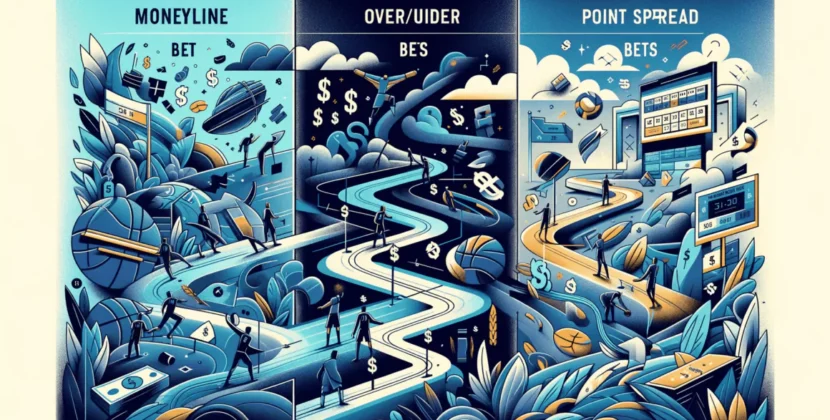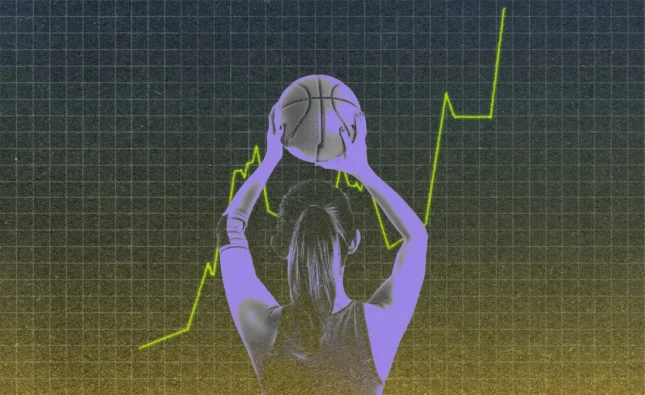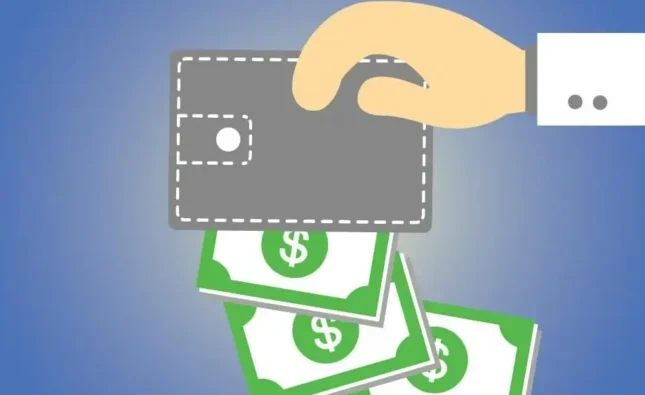
공유하다:
The NBA betting world thrives on numbers, and odds are the cornerstone of this system. Whether you’re a seasoned bettor or new to wagering, grasping how odds work is essential to making smarter decisions. Odds are not random; they are calculated representations of the likelihood of an event, such as a team winning a game. This article will break down how odds are created, what influences them, and how they change leading up to a game.
How Sportsbooks Set Odds
Odds in NBA games are established by oddsmakers at sportsbooks. These experts rely on complex algorithms, historical data, and current factors to estimate each team’s implied probability of winning. Implied probability is essentially the sportsbook’s assessment of how likely an outcome is, expressed in percentages. For instance, if a team is considered more likely to win, they’ll be given lower odds, reflecting a higher probability. Conversely, underdogs are assigned higher odds to attract interest and betting action.
Oddsmakers don’t just consider team statistics or standings. Other critical factors include player injuries, recent form, head-to-head matchups, and external influences like travel schedules or rest days. Even public perception plays a role, as high-profile teams like the Los Angeles Lakers or Golden State Warriors often attract more attention, which can skew the initial odds.
The Role of the Betting Market
Once oddsmakers set the initial odds, these numbers enter what is known as a liquid market. In this market, odds are not fixed and can shift depending on betting patterns. For example, if a large amount of money is wagered on one team, sportsbooks may adjust the odds to balance their books. This ensures they don’t face significant losses if the heavily backed team wins.
Let’s say the Milwaukee Bucks are favorites against the Miami Heat, and their odds are initially set at -200. If bettors overwhelmingly favor the Bucks, sportsbooks might shift their odds to -250, making the payout less attractive. On the other hand, the Heat’s odds might move from +170 to +200 to entice more bets on the underdog.
This dynamic creates a real-time reflection of both probability and public sentiment. The odds continue to adjust up until the game starts, reacting to breaking news such as a star player being ruled out or unexpected betting surges.
Types of NBA Odds
Understanding the different types of odds is crucial for navigating NBA betting. The most common formats include moneyline odds, point spreads, and over/under totals.
- Moneyline Odds: These are the simplest and represent a straightforward bet on which team will win. For example, if the Boston Celtics have moneyline odds of -150, you’d need to wager $150 to win $100. If their opponent, the Atlanta Hawks, has odds of +200, a $100 bet would yield $200 if the Hawks win.
- Point Spreads: This is a popular way to bet on NBA games, where oddsmakers level the playing field by assigning a point handicap. If the Denver Nuggets are -5.5 favorites, they must win by six or more points for your bet to succeed.
- Over/Under Totals: This type of bet focuses on the combined score of both teams. For instance, if the over/under is set at 220.5, you’d wager on whether the total points scored will be over or under that number.
Factors That Influence Odds Movement
Odds are in constant flux due to various factors. Bettors need to stay informed about the reasons behind these shifts to make strategic decisions.
- Injury Updates: If a key player is ruled out, odds can swing dramatically. For example, if LeBron James is sidelined, the Lakers’ odds may lengthen significantly.
- Betting Volume: Heavy betting on one side can force sportsbooks to adjust odds to mitigate risk.
- Public Sentiment: High-profile teams or players often attract casual bettors, creating odds movements based on popularity rather than true probability.
- Breaking News: Unexpected developments, like coaching changes or off-court controversies, can influence odds.
How to Use Odds to Your Advantage
To make the most of NBA odds, it’s essential to approach betting strategically. Begin by understanding the implied probability and comparing it to your own analysis. If you believe a team’s chances are better than what the odds suggest, it could represent a value bet.
Monitoring odds movement is another critical strategy. Early odds might offer better value before public sentiment causes significant shifts. Similarly, being aware of breaking news can give you an edge if you react faster than the market.
Ultimately, successful NBA betting requires balancing knowledge, intuition, and timing. By understanding how odds are created and influenced, you can make more informed wagers and increase your chances of long-term success.
In conclusion, NBA odds are more than just numbers; they’re a dynamic reflection of probability, public opinion, and real-time events. By studying how sportsbooks set and adjust these odds, you can gain insights into the game and the betting market, putting yourself in a better position to succeed.















